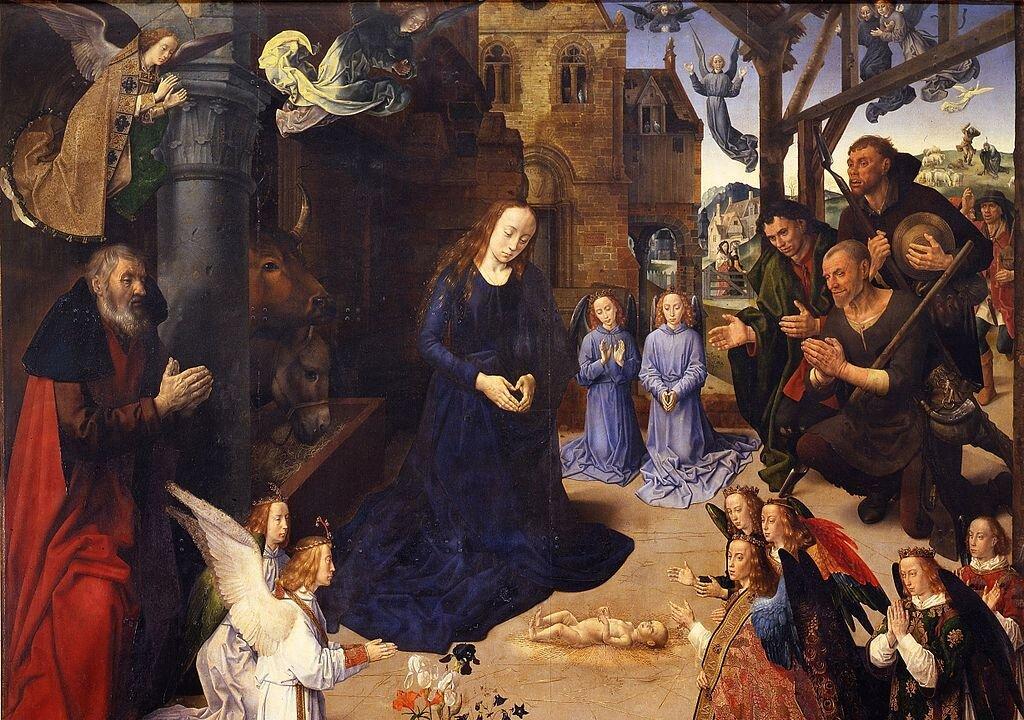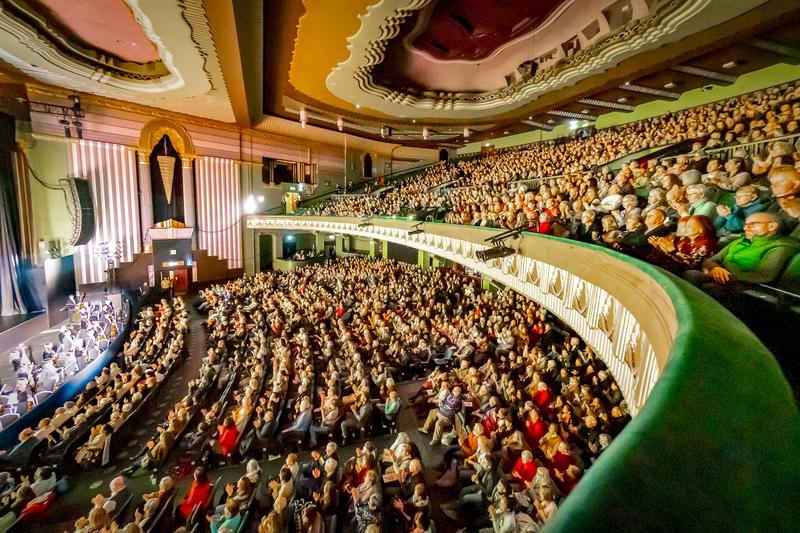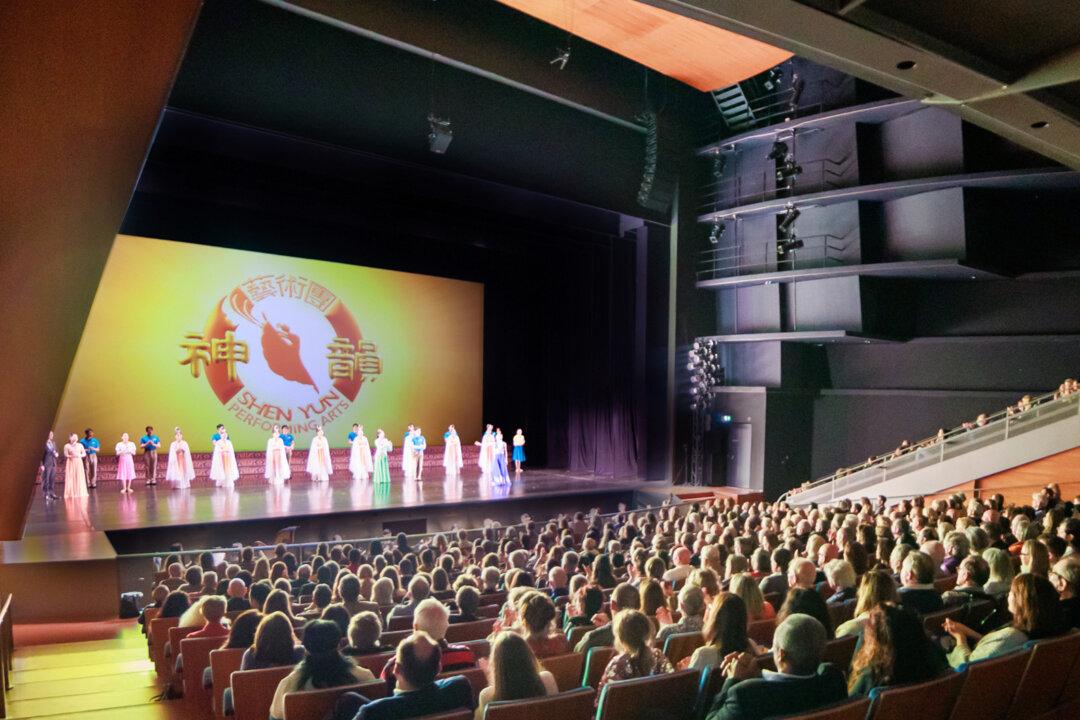It’s time for prayer. The businessman opens first the left, then the right side of his hinged painting and spends time with God.
In the Early Renaissance, a rich merchant would often want to thank God for his good fortune. As a devout believer, he would commission a triptych for his home, a small, three-paneled painting to be placed in a niche as a personal shrine.






